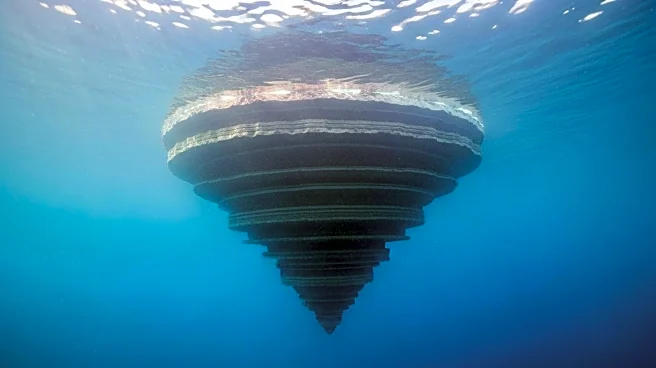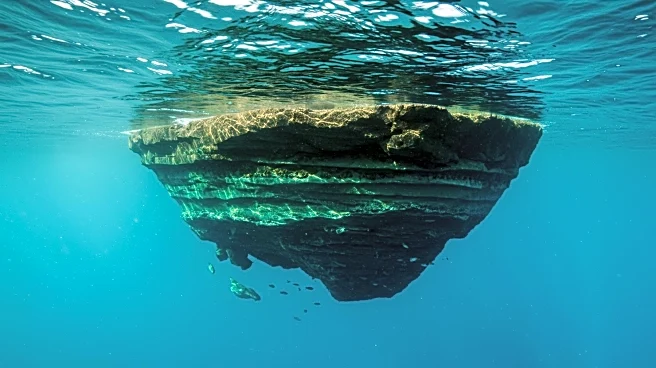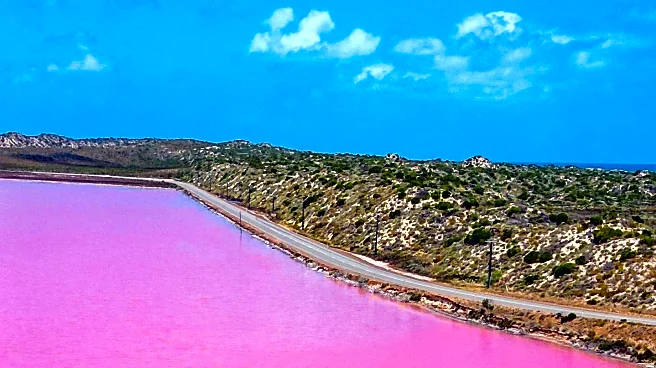Rapid Read • 9 min read
Researchers have uncovered a significant geological anomaly beneath the North Sea, where they identified large sand mounds termed 'sinkites.' These formations challenge traditional geological principles by demonstrating that younger sediment layers can be found above older ones, a phenomenon known as stratigraphic inversion. This discovery, reported on August 25, 2025, suggests that these sinkites were formed during the Late Miocene to Pliocene epochs. The presence of these inverted sediment layers could have profound implications for carbon storage projects, as they alter the understanding of subsurface fluid dynamics and geological assessments. Scientists from Norway and the UK have identified hundreds of these sinkites, which appear to have sunk deeper into the ocean's crust, effectively swapping places with older sediment layers.
AD
The discovery of sinkites in the North Sea is significant as it challenges conventional geological understanding and could impact carbon storage strategies. The inversion of sediment layers raises questions about the safety and effectiveness of carbon capture and storage projects, which rely on accurate geological assessments to predict underground reservoirs. Understanding the formation and behavior of these sinkites could lead to advancements in predicting subsurface fluid dynamics, potentially enhancing carbon capture and storage methods. This research highlights the need for further exploration into sediment dynamics, which could contribute to innovative solutions for climate change mitigation by improving the safety and efficiency of carbon storage initiatives.
As scientists continue to study these sinkites, further research is expected to focus on understanding the mechanisms behind such large-scale stratigraphic inversions. This could involve exploring the geological processes that lead to the formation of sinkites and their implications for carbon capture and storage. The findings may prompt a reevaluation of current carbon storage projects and strategies, potentially leading to the development of new methods for effective carbon sequestration. Additionally, the research could influence future geological assessments and the planning of carbon storage initiatives, ensuring they are based on a more accurate understanding of subsurface conditions.
The discovery of sinkites not only challenges existing geological principles but also underscores the complexity of Earth's sedimentary processes. This finding could lead to a broader reevaluation of geological models and theories, particularly those related to sediment dynamics and stratigraphy. The implications extend beyond carbon storage, as understanding these processes could also impact other fields such as oil and gas exploration, groundwater management, and environmental conservation. The research highlights the importance of continuous scientific inquiry and the potential for new discoveries to reshape our understanding of natural systems.
AD
More Stories You Might Enjoy










